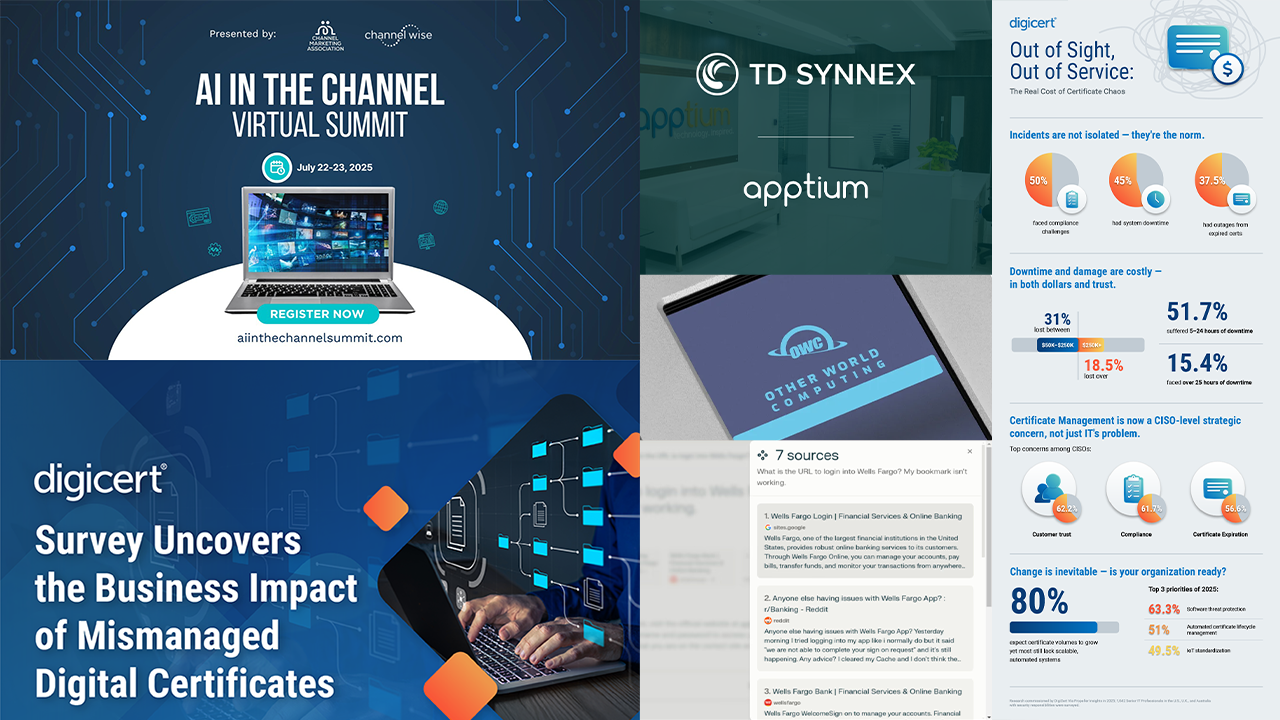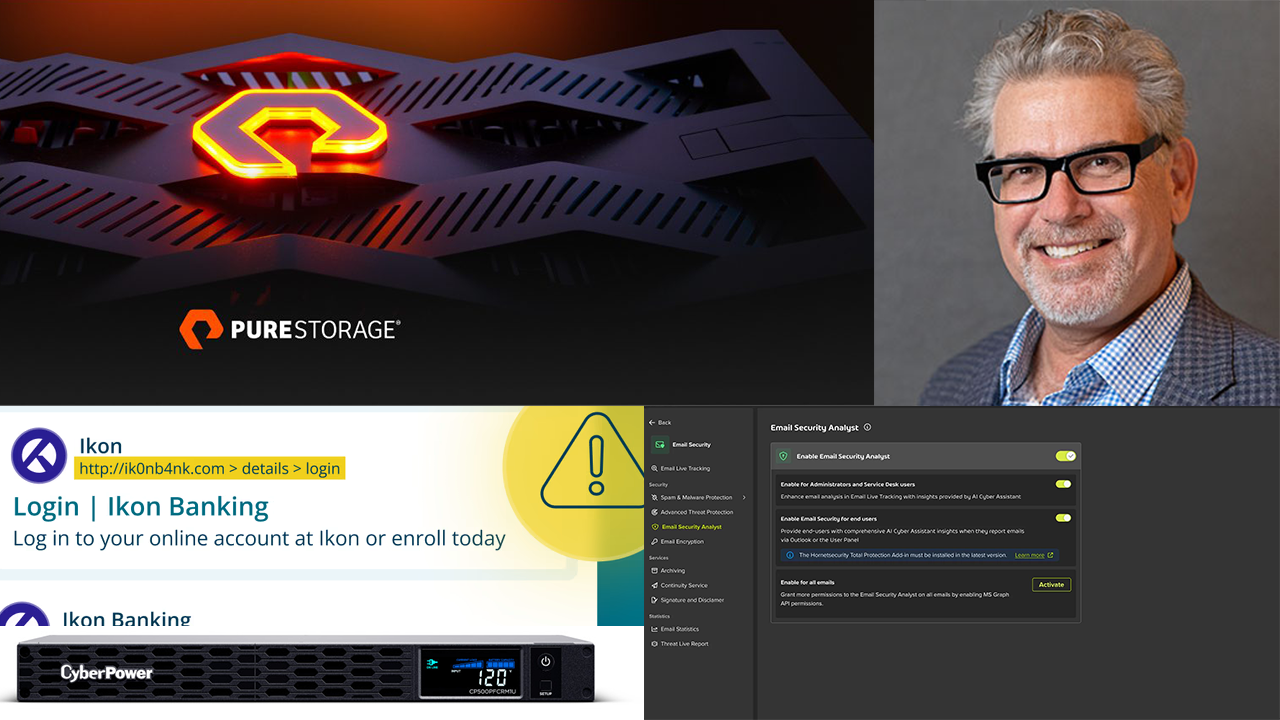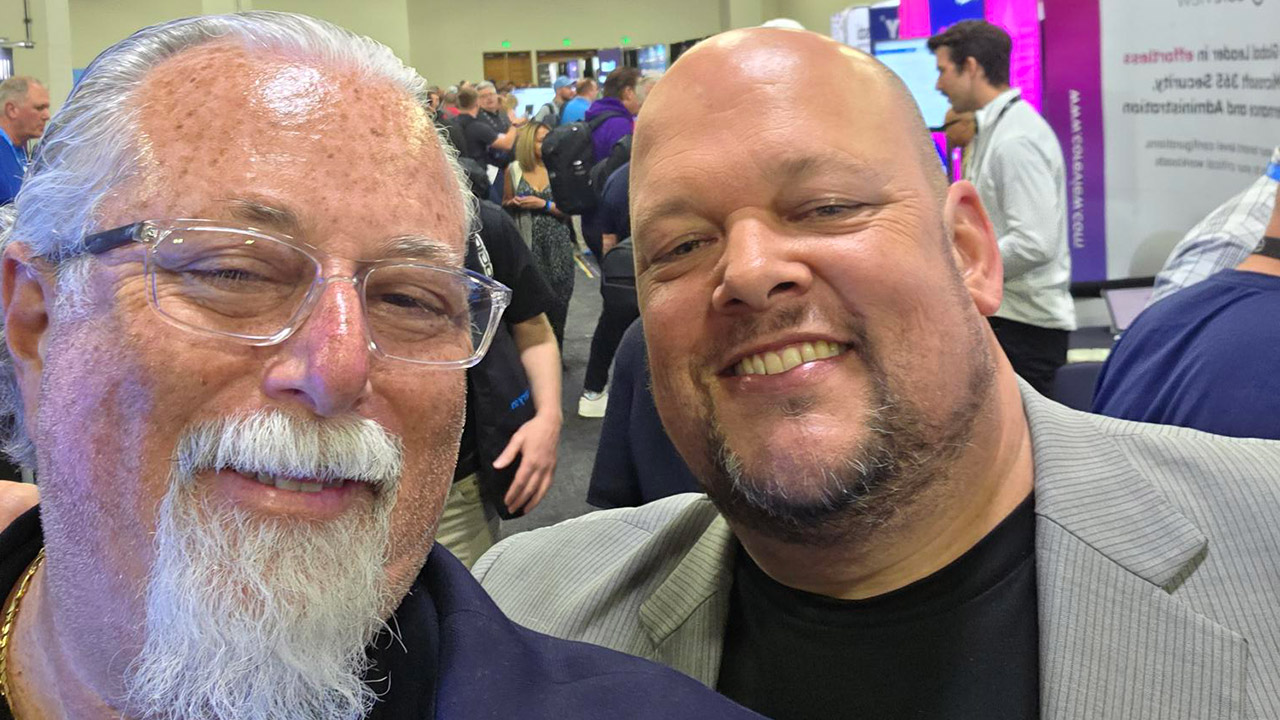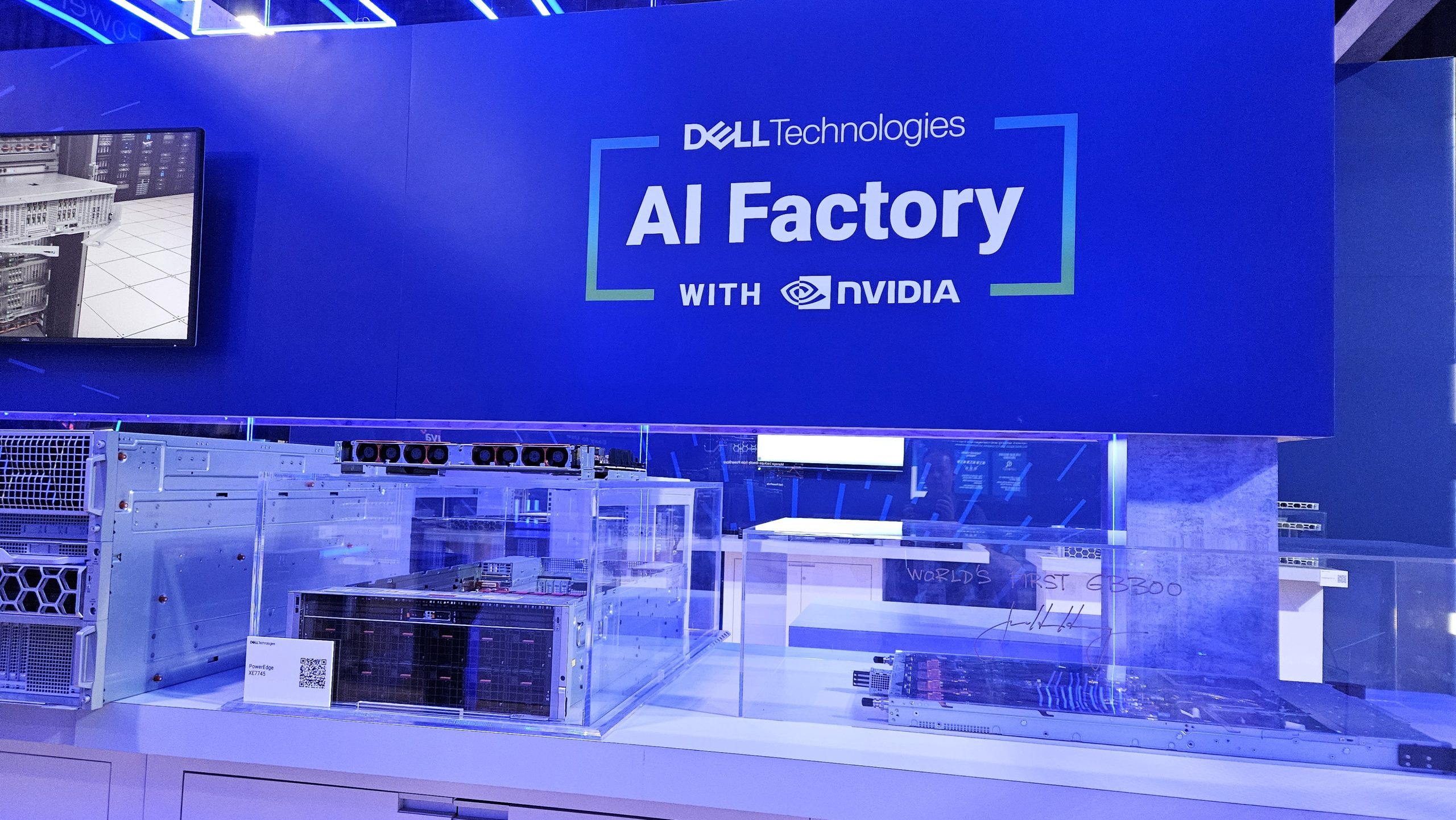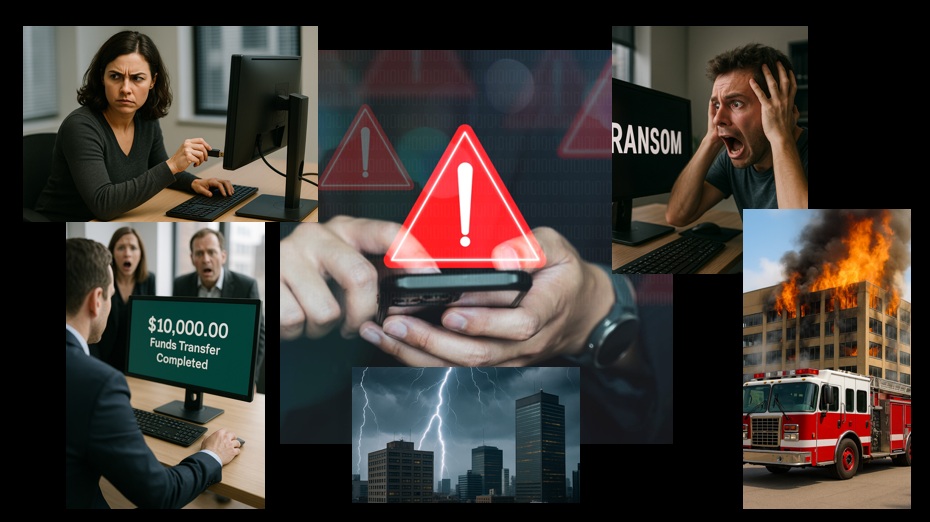Organizations of all sizes are flocking to cloud services but often have difficulty with the associated compliance, control, integration, and cost implications. Overall, many organizations are struggling with intensifying†reliability,†security†and†flexibility†needs. Consequently, smart enterprises are leveraging technology to improve how people communicate, collaborate, learn and work. These technologies help to optimize the business, increase visibility and control, improve safety and security, and drive competitive advantages.
Frost & Sullivan’s new white paper,†Unleashing the Smart Enterprise: A Foundational Approach to Efficiency, Agility and Security,†highlights solutions that address market trends faced by end-user organizations of all types. There are four key elements that organizations should embrace to become a smart enterprise:†architecture flexibility, software-defined anything, business continuity,†and†Internet of Things (IoT).†By applying these four key elements, organizations of any size can simultaneously address concerns and create new value for their business, customers, and partners.
Before committing, or more fully committing, business decision makers should evaluate the provider and type of cloud that may serve them best. Frost & Sullivan’s IT Decision Maker Survey asked for the top three factors when choosing a cloud provider. The top three responses were:†45% security capabilities, 40% reliability, and 27% price.
“The provider must be open and clear from the request for proposal (RFP) process through post-deployment support to thoroughly†ensure the customer understands the services for which they’re being billed.†The provider must exhibit an unwavering focus on†security, data integrity†and†reliability,” explained†Robert Arnold, Digital Transformation Principal Analyst at Frost & Sullivan.
“The accelerating speed of business, combined with rapidly changing end-customer and employee preferences and fast-emerging security threats, are compelling all organizations to become more agile and proactive—to become a smart enterprise,” noted†Ram Menghani, Senior Vice President, Smart Enterprise Solutions & Services†at NEC. “There is a lot to consider when laying the necessary foundation and many places your organization can start—in the data center, in any network layer, with user apps, by locking down on security, etc.”
Frost & Sullivan’s recent survey “2017 Global Frost & Sullivan IT Decision Maker Survey” of 1,626 enterprise IT stakeholders determined the following as the top benefits of†adopting cloud IT and communications solutions:
- 46% It helps to store large amounts of data;
- 38% It provides greater flexibility in times of rapid growth and downsizing;
- 37% it provides with access to advanced features/capabilities;
- 34% It supplements in-house IT/telecom resources; and
- 33% It eliminates the hassle of integrating multi-vendor products and solutions.
In regards to IoT, the potential to unlock this technology and create business value has become much more attainable. For instance,†video monitoring†is on the rise worldwide. Physical surveillance cameras are being installed in public and private spaces to improve safety and security, generating a significant amount of data. Adding†biometrics†and†analyticsto the equation is an absolute game-changer in how the volumes of data can be put to work. Another powerful solution is†facial recognition†which†identifies customer demographics and helps position products and services with the correct marketing and sales messaging.
Forward looking organizations are engaging with NEC to:
- Deliver both technology and services;
- Effectively leverage big data, IoT, and network intelligence;
- Help identify and prepare for emerging business needs;
- Improve compliance and business continuity through intelligent infrastructure; and
- Allow IT and the workforce to focus on core competencies.




